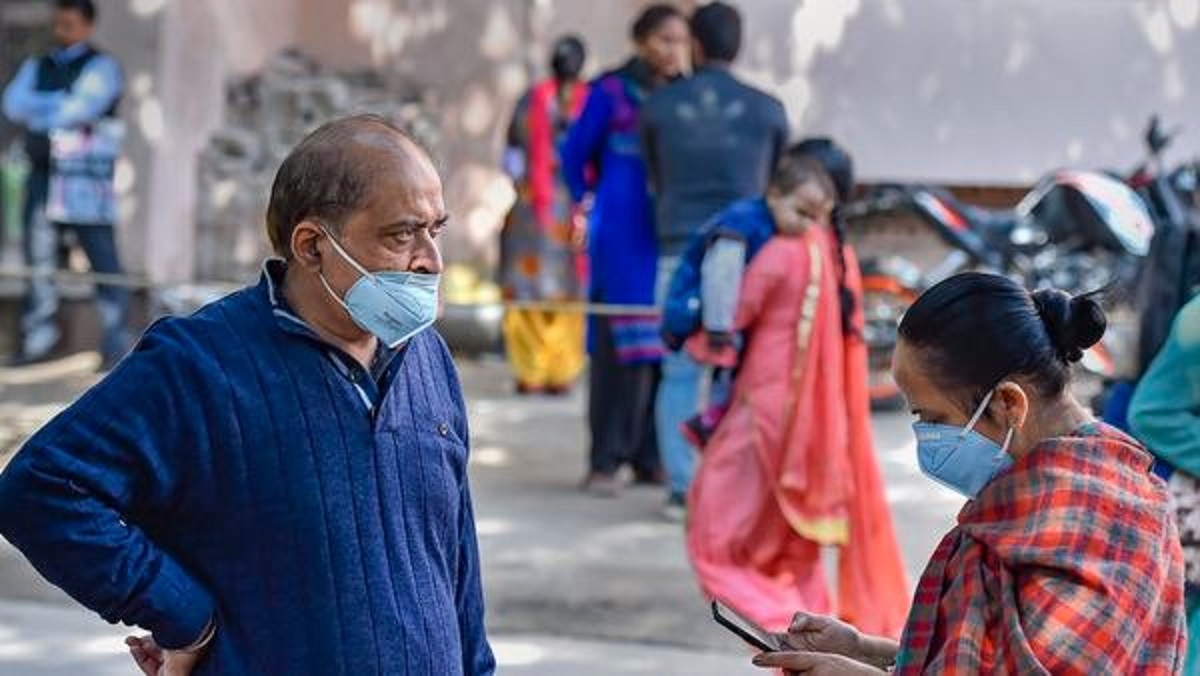
Explained: Not all COVID-19 cases critical, need hospitalisation
According to the World Health Organisation, around 80 percent of people who are infected with COVID-19 are able to recover on their own without requiring any special treatment, and suffer only mild, cold-like symptoms.

According to the World Health Organisation (WHO), around 80 percent of people who are infected with COVID-19 are able to recover on their own without requiring any special treatment, and suffer only mild, cold-like symptoms.
The WHO also reported that only one in six people become seriously ill, which happens when the disease progresses further to resemble the effects of contracting pneumonia.
Why does the virus affect only certain people more severely than others?
According to a report by The Indian Express, an expert who spoke to The Guardian had said there are four classifications under which people who test positive for COVID-19 can be placed:
- People who are infected by the virus but do not show any symptoms
- People who get an infection in the upper respiratory tract and show symptoms like fever, cough, and headache – these people would be able to spread the virus while not being aware of it.
- People who display symptoms for the flu – this is the most prominent and largest group under which those infected are categorised.
- People who develop a serious illness that features pneumonia
Related news | Explained: All you need to know about COVID-19 tests, hotspots
According to the WHO, senior citizens and those with underlying conditions such as diabetes, heart and lung issues, and high blood pressure are more susceptible to serious illness.
On the other hand, according to the Centers for Disease Control and Prevention (CDC), while most people with disabilities are not necessarily at higher risk of becoming infected with or developing a more severe illness after contracting COVID-19, a few with physical limitations or other disabilities might be at a higher risk of infection because of their underlying medical condition.
What happens when COVID-19 becomes more critical in the human body?
When the infection reaches the ‘bronchial tree’, or the region which provides a passage for air to move into and out of each lung, it leads to inflammation, causing the nerves in that area to become irritated. This results in cough and fever.
If, however, the infection goes beyond the lining of the bronchial tree and to the end of the air passages, where the gas exchange units are located, the person’s condition becomes worse.
Related news | Now locate food distribution centres, night shelters on Google Maps in Delhi
Gas exchange is the process through which oxygen is delivered from the lungs to the bloodstream, and carbon dioxide is removed from the bloodstream and taken to the lungs. When these gas exchange units get infected, they pour out the inflammatory material into air sacs at the bottom of the lungs. This causes pneumonia.
When the lungs are filled with this material, they are unable to supply the necessary amount of oxygen into the bloodstream. The body’s ability to take in oxygen and exhale carbon dioxide subsequently goes down. When pneumonia becomes more severe, it can become potentially life-threatening.
Is pneumonia caused by COVID-19 more severe than when contracted separately?
Most types of pneumonia that have been identified so far are bacterial and treated using antibiotics.
However, pneumonia caused by COVID-19 is more severe – affecting all sections of the lungs instead of small parts.
Additionally, the body’s first responder mechanism – by which it tries to neutralise a virus and control the growth of the virus during an infection – becomes impaired among certain groups of people, such as those having underlying heart and lung conditions, diabetes, and those over the age of 65.
What is the treatment for pneumonia caused by COVID-19?
There are no medications that can prevent people from getting COVID-19 pneumonia at the moment, apart from supportive treatment. Patients in intensive care are put on ventilators and high oxygen levels are maintained so that the lungs are able to function as normally as possible. Such patients are also treated with antiviral medications and antibiotics in order to avert the risk of contracting further secondary infections.


